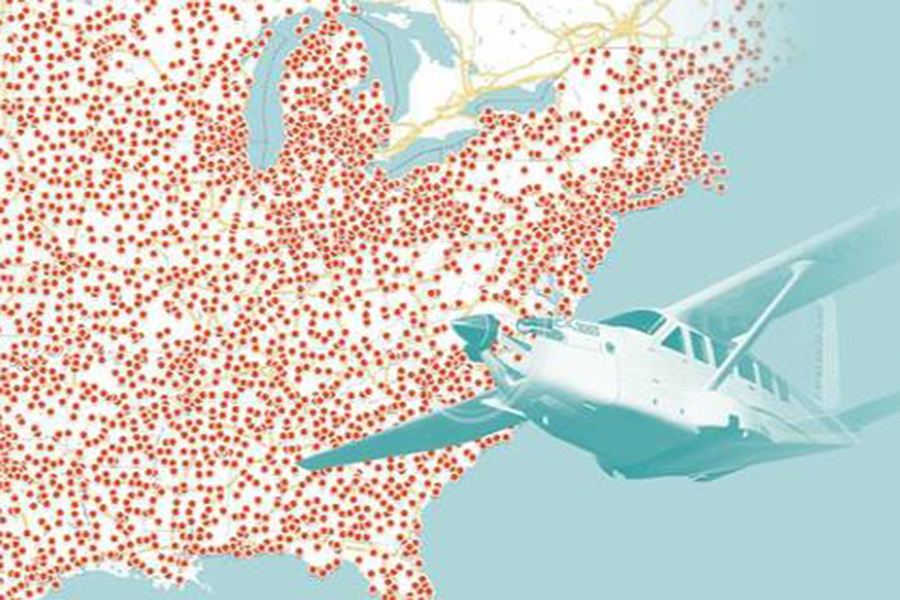AAE professors contribute to NASA white paper on Regional Air Mobility

A recent paper from NASA suggests smaller, local airports soon will be catalysts for change in how people travel.
Regional Air Mobility (RAM) brings the convenience, speed and safety of air travel to all Americans, regardless of their proximity to a travel hub or urban center, the paper said. Through targeted advanced technology investments, such as aircraft automation, enhanced operational models, more efficient aircraft and propulsion systems, and expanded airport renewable energy generation, RAM will increase the safety, accessibility and affordability of regional travel while building on the extensive and underutilized federal, state and local investment in the nation’s local airports, a NASA press release said.
AAE Professor Dengfeng Sun was one of 21 contributing authors for the paper. Sun’s research areas include distributed control and optimization for autonomy and control of advanced air mobility in the national airspace systems.
J. William Uhrig and Anastasia Vournas Head of Aeronautics and Astronautics William Crossley was a reviewer on the paper.
“I have been working with Professor Crossley and Professor Dan DeLaurentis on Urban Air Mobility for years. It was exciting to extend some of our work to the RAM in this white paper,” Sun said. “Working with these co-authors from the government and industry was a very rewarding experience. I wish this white paper will help shape the future air transportation system in RAM.”
Moving forward, NASA will support aeronautics-related technology development in systems analysis, critical air-vehicle technologies and investigation of novel aircraft configurations suitable for RAM missions, autonomous operations and associated safety assurance methods, and airspace technology and integration approaches.
NASA also will support efforts by other federal agencies, such as the Federal Aviation Administration and Department of Energy, and industry partners will apply and mature technology for RAM.
“Due to the convergence of electric propulsion, autonomous systems, new operational models, and an already established infrastructure, RAM's vision for air transportation will provide a convenient, affordable, and community-friendly regional travel option for both people and packages from their local airport,” lead author Kevin Antcliff said in NASA’s press release.
Source: NASA
